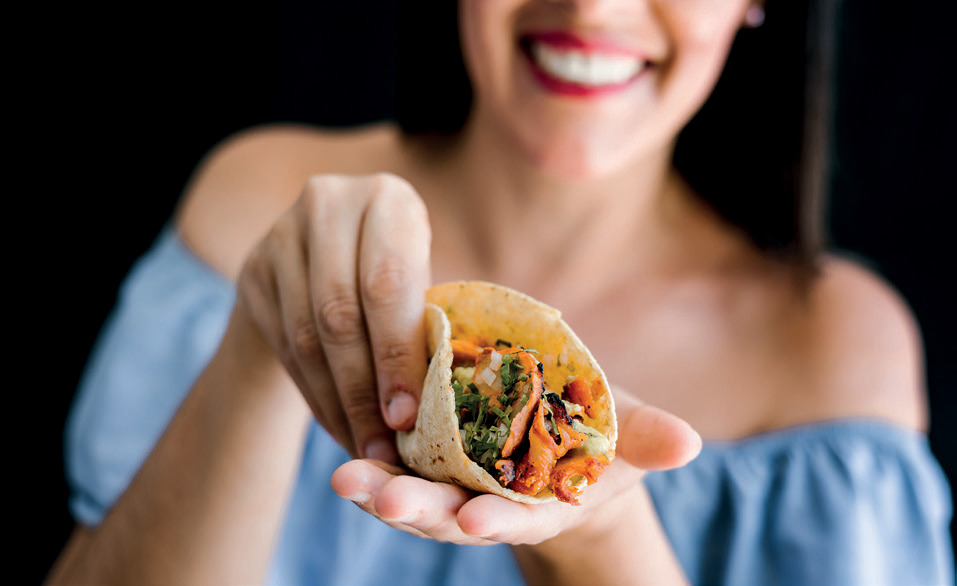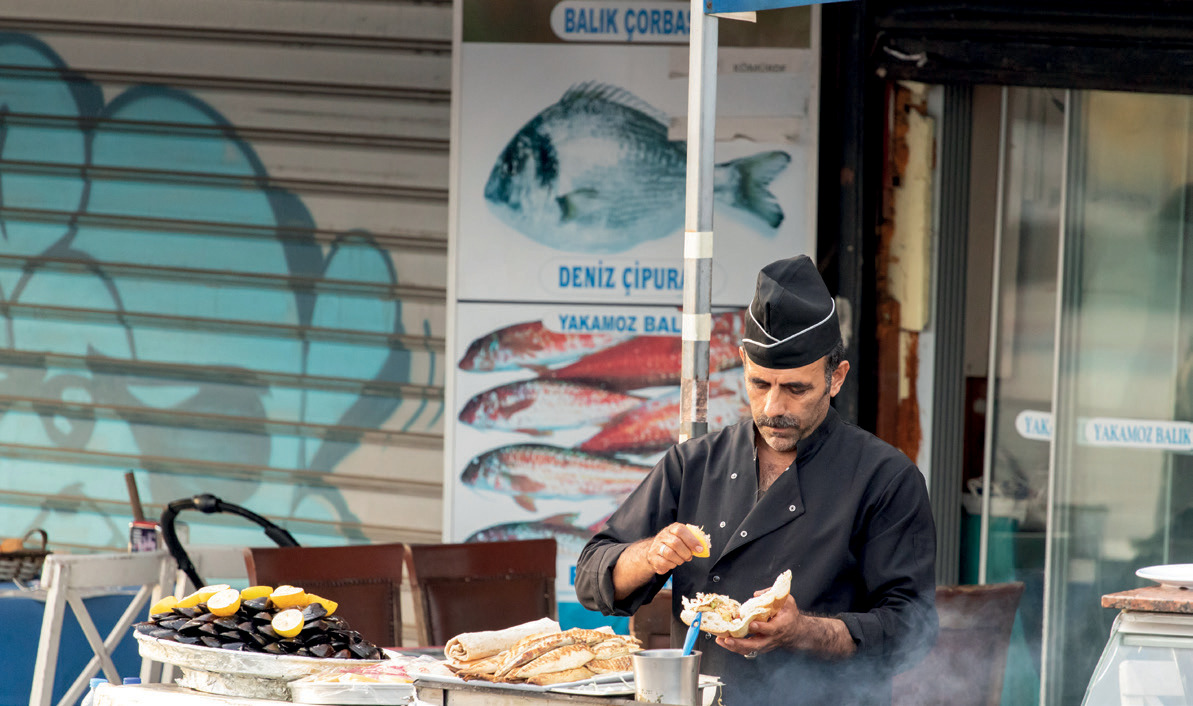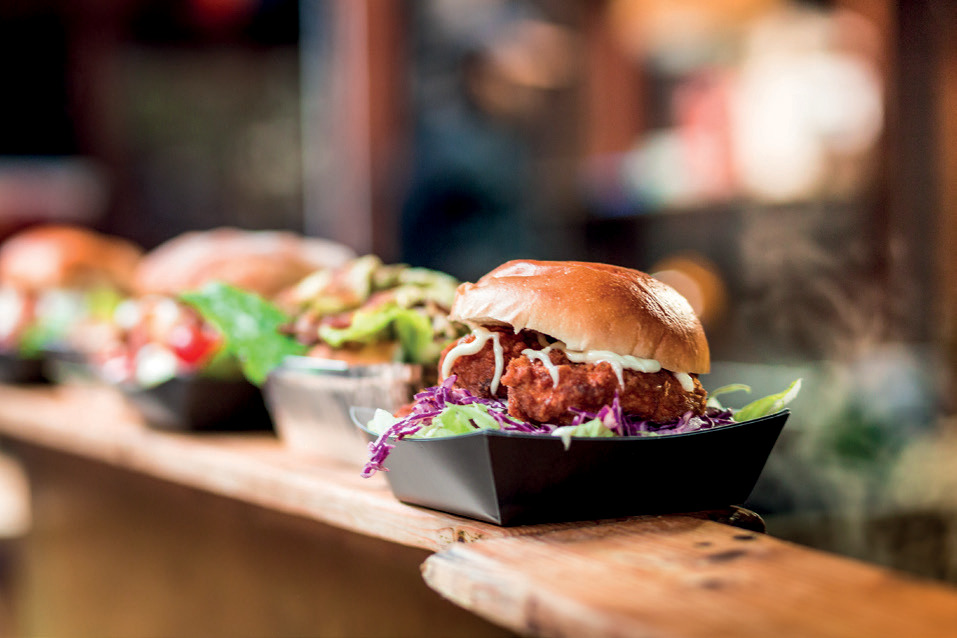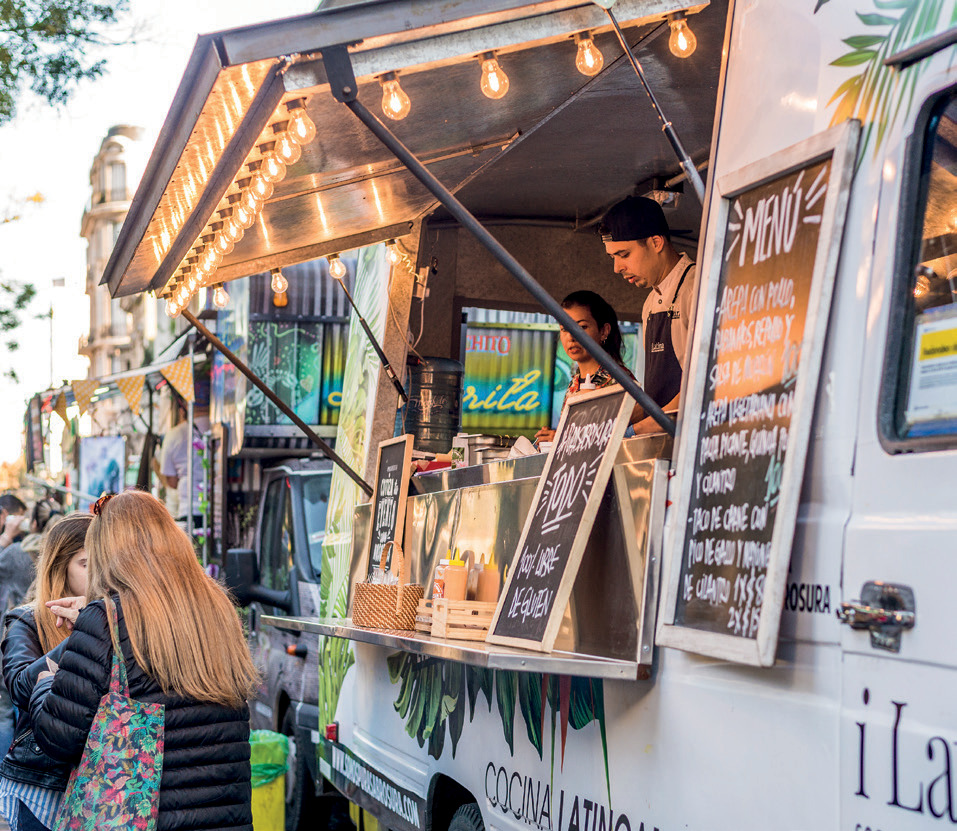STREET FOOD HAS ANCIENT AND VARIED ROOTS THROUGHOUT THE WORLD. IT IS CLOSELY LINKED TO POPULAR AND URBAN CULTURE, OFFERING FAST, AFFORDABLE AND DELICIOUS FOOD TO PASSERS-BY.
STREET KITCHEN
Street food has undergone a veritable revolution over the past decade, evolving beyond traditional hot dogs and hamburgers to offer a captivating culinary diversity. Trucks and stalls offer flavors from all over the world: Asian, Mexican, Mediterranean, African and more. Street food has always been popular around the world, and today it’s associated with festivals, street markets and gastronomic events.
Once considered an inexpensive fast-food option, it’s undergoing an impressive upmarket transformation. Talented, creative chefs have entered the street food arena, bringing with them their culinary expertise and passion for sophisticated, refined dishes based on quality ingredients and innovative techniques.

IN Asia
Asian street food is famous the world over. The lively, colorful street stalls offer a wide variety of dishes: Indian thali, Chinese noodles, Japanese takoyaki, Indonesian satay, Vietnamese bánh mì, Cambodian Num Krouk and Thai pad thai. Street food is culturally rooted in many Asian countries, which have become masters of this culinary art. On every street corner, you’ll find stalls where you can grab a bite to eat.

IN Africa
Street food in Africa embodies the spirit of conviviality and sharing that characterizes African culture. Every country and
each African region has its own specialties. Street vendors often set up along busy streets, markets or railway stations, attracting passers-by with the smell of their preparations. African street food is also an important economic and cultural driver, offering employment and business opportunities, and ensuring the preservation of regional culinary traditions.

IN LATIN AMERICA
Street food is also deeply rooted in Latin American culture. Mexico’s taco trucks, Argentina’s empanadas, Colombia’s arepas and Peru’s ceviches are just some of the street food specialties in these countries. Latin American street food features local ingredients such as corn, beans, grilled meat and vibrant, colorful spices.

IN THE MIDDLE EAST
The Middle East region is renowned for its tasty street food. Lebanese chawarma, Turkish balik-ekmek, falafel made in Israel and Saudi mutabbaq are among the most popular products from the Levant. These dishes are often accompanied by fresh breads, crunchy vegetables, spicy sauces and condiments.

IN Europe
Street food is also well established in Europe, with many variations. In Italy, for example, you’ll find wood-fired pizza stands, and in Sicily, delicious arancini. In Germany, currywurst is a traditional staple, while in France, people prefer crepes, waffles or ham-and-butter sandwiches.
We can also mention Belgium’s famous baraques à frites, Malta’s pastizzi and England’s fish & chips, … enough to delight your taste buds to no end!

HEAD IN THE STARS
Street food has also gained in recognition and legitimacy among consumers.
star chefs and renowned culinary experts. The latter have opened street food stalls to share their cuisine with a wider public and introduce unique flavors in a relaxed atmosphere. These include Yannick Alléno’s Père et Fils burger, Anne-Sophie Pic’s Pic-up truck, and Michel Sarran’s Croq’Michel.
Some shops have even won Michelin Guide awards. In Bangkok, Jay Fai is a street food icon, while in Singapore, Hill Street Tai offers fresh noodle woks all day long.

COMMITMENT TO SOCIAL NETWORKS and festivals
Street food is becoming increasingly popular. A number of factors are at play, including a lack of time to eat, urban habits of eating “on the go”, and social networks and events, which are playing a major role in the rise of street food and food trucks.
Users share mouth-watering photos and booth recommendations, creating desire and excitement among as many people as possible. What’s more, street food festivals and events are springing up all over the world, offering everyone the chance to discover a whole host of convivial options.

RETURN ON event
The 3rd edition of Street Bouche took place on June 25 in Strasbourg. The event featured homemade dishes and beverages made from local and seasonal ingredients, presented in a street food format, in a convivial atmosphere. The aim of the Street Bouche festival is to showcase local, environmentally-friendly products through exotic culinary specialties. These events also contribute to local development by involving local restaurateurs, producers, artists and entrepreneurs. The De La Food organization takes an eco-responsible approach to reducing the environmental impact of each of its public and private events.

DID YOU KNOW?
The term “street food” was popularized in the 1980s by American journalist Jane Kramer, who used it to describe street food stalls in Asia. Street food vendors are thought to have existed since ancient times. The Romans, for example, sold food in the streets during festivities and celebrations.
In Pompeii, thermopolia have been discovered. These were small stalls or food stands where people could buy food and drinks prepared quickly, and eat them standing up.

HEALTH AND THE ENVIRONMENT
In 1996, the World Health Organization published guidelines outlining both the benefits and concerns of street food. It would play an essential role in preserving social ties, by creating spaces for meeting and sharing, thus encouraging cultural exchanges and strengthening the social fabric.
However, the WHO warns of the risks to health and the environment. Indeed, street food can generate a great deal of waste, particularly in the form of disposable packaging. That’s why many street food initiatives in France are developing in favor of the environment.



